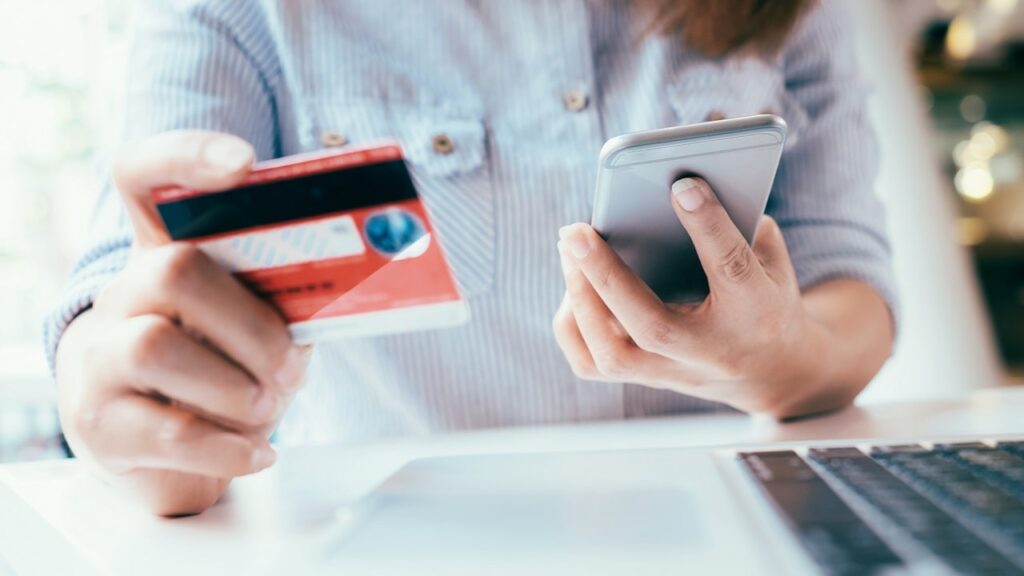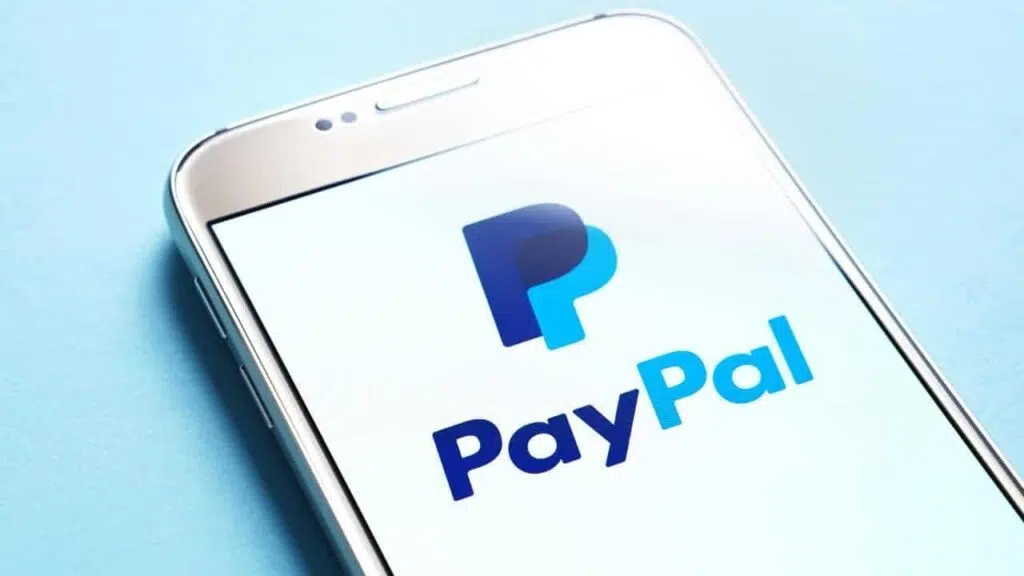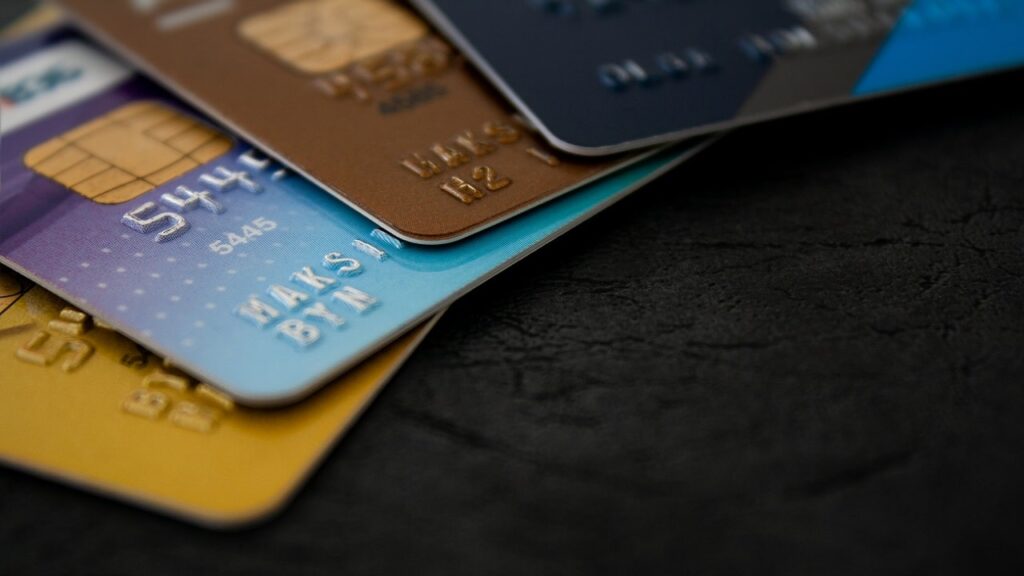Where to shop online? And how to pay for your purchases in a safe way (with credit cards, prepaid cards or digital services such as PayPal)? If you are looking for one guide for grocery shopping or online shoppingyou have found it: in this article we will explain to you in a simple and concrete way how to shop onlinewhere to get them and how to pay risk-free.
Where to shop online and how to pay safely
Digital purchases, for many users, are no longer a novelty. In fact, e-commerce is a market that in Italy it is worth 48.1 billion euros (data from the Observatories of the Milan Polytechnic). People who buy online do it for two main reasons: the vast choice and the convenience of being able to do everything with your smartphone, PC or tablet – without moving from the sofa.
Once the price also played an important role, lower online than in the store. But today this is no longer true: companies tend to sell for the same price both online and in person. The difference is rather in being able to buy from many different retailers – seeing who offers discounts or promotions.
Ma how and where to shop online? What is the safest site to shop online? And how to do them without taking risks? The quality of the products, unfortunately or fortunately, depends from seller to seller – as is also the case in physical stores. But following our guide, you should play it safe by visiting safe sites and paying as methods that protect you, such as virtual cards and systems such as PayPal.
Where to shop online and which site is the safest

There are many sites offering products from various categories, such as clothing, electronics, books, home and garden. Up to collectible comics, spare parts for any household appliance and any other niche product: you can find everything online. But you have to be careful where you buy: in this case, the first distinction to make is between platforms (marketplace) and e-commerce sites.
Discover all the advantages of Amazon Prime here, it’s free for 30 days
What are the safest online marketplaces
Marketplaces are online platforms that act as the digital equivalent of a shopping center or supermarket. A large company, usually internationalmanages the logistics part: receives the order, finds what you are looking for in the warehouse, ships it. And usually also handles any returns and warranties. But the products can come from many other companies, which exploit the “digital showcases” of the marketplaces.
Some of the more popular sites are Amazon, eBay, Zalando, Groupon e AliExpress. These sites offer benefits like the large selection, competitive prices, customer reviews, shipping and return options, and special offers.
Always pay attention
Marketplaces usually take care of everything and make it very easy to shop. Just go to Amazon.it, for example, write what product you are looking for and in a few clicks the company is shipping it to your home. But be careful: often you are not buying something FROM Amazon, but FROM Amazon. Marketplaces usually weed out unreliable sellers, but we encourage you anyway to check the quality of the seller by going to the reviews page (almost all marketplaces have stars and user comments) to understand trusting the seller.
In most cases, the best-known marketplaces (such as those mentioned above) offer the possibility of requesting refunds in the event of non-compliant products – and there remains the possibility of exploiting the right of withdrawal on online purchases within 14 days. But if the marketplace is less known, we advise you to do an online search on Google to understand if they are reliable and if they allow the free return of goods if not compliant.
Before shopping online, it is therefore importantand verify the security and reliability of the site, carefully read the conditions of sale and the terms of guaranteecompare the prices and features of products, and check the seller’s reputation.
E-commerce sites: how to understand which ones to trust

An e-commerce site on the other hand sells the products of a particular company. Think, for example, of the Samsung or Apple website for smartphones and PCs. But there are e-commerce for any sector: from those who sell household products or food, up to cars or plane tickets.
Attention must also be high in this case. In particular, we advise you to:
- Check if the site uses the protocollo HTTPS. This means that the connection is secure and the data you send is encrypted. You can recognize the HTTPS protocol by the presence of a padlock next to the site address in the browser bar.
- Check if the site displays the VAT number, the company registry and the seller’s contacts. These are mandatory data by law and allow you to know who is behind the site and how to contact them in case of problems. Usually, they’re at the bottom of the page – just scroll with your finger or mouse.
- Do an online search to find out if the site has positive or negative reviews by other users. You can use sites such as VerificaSito.it which show the degree of reliability of an e-commerce based on various parameters, such as the presence of the SSL certificate, the domain registration date, customer opinions and more. Also, platforms like eShoppingAdvisor.com attest to the most trusted e-commerce platforms by rating user reviews.
- Check what are the payment methods accepted by the site. Better to avoid those who ask to pay by bank transfer or other untraceable or unprotected forms. Always prefer the ones that offer the option to use credit cards, PayPal or other systems that guarantee greater security and protection.
- Read carefully the conditions of sale, information on shipping, the right of withdrawal and the product guarantee.
- Be wary of sites that offer you too low prices, incredible promotions, or free products. Often these are baits to attract customers and then rip them off with shoddy, counterfeit or never shipped products. If an offer sounds too good to be true, it probably is.
Here you will also find an official document from the State Police, which adds some attention to these such as the attention to using updated apps and browsers – but also the possibility of ensure your online purchases.
How to make secure online purchases: payments
To buy something on the internet, you need to choose a payment method that is safe and reliable. There are several options available, but some are more recommended than others. In this paragraph, we explain which are the safest methods of making payments online and why.
How to shop online with PayPal

One of the safest methods is PayPal, a digital platform that allows you to pay or receive payments without having to share your bank details with the seller or the buyer. Just associate a credit card, a prepaid card or a debit card with your PayPal account and you will be able to carry out transactions by entering only your email and password.
For more security, we also recommend activating the two-factor verification – something that even the PayPal app itself will suggest you do. When you make an online purchase (from a PC, tablet or smartphone), all you have to do is choose “Pay with PayPal” and enter your credentials: to approve the transaction, you will need to give the ok on your smartphone after unlocking the phone with FaceID or fingerprint. This way, you don’t run any risks even if someone were to somehow have access to your passwords: maximum security.
Also, PayPal offers a buyer protection program which, in suitable cases, reimburses you in case of problems with the product or with the seller. Usually, you can take advantage of PayPal’s protection within 180 days, but conditions apply based on the type of purchase.
Finally, we point out that the customer service is ready to help you in case of need. You can also use the app for payments between friends and relatives: for tips from grandparents to grandchildren but also to split the bill at a pizzeria. Here you will find the details of PayPal’s security and privacy terms
Credit, debit and prepaid cards (and the virtual option)
If you don’t have a PayPal account or with other digital operators, you can use a credit or debit card to pay for online purchases, but you must be careful to verify that the site is safe and secure. Many banks, instead of letting you enter your card code, allow you to create virtual cards.
Virtual cards
Virtual credit cards are a safe and practical way to make online payments without exposing your physical card details. These are cards that, like the physical ones, have a 16-digit code, an expiration date and a CVV code, but different from those on your real card. This way, you avoid it the risk of cloning or fraud by malicious people.

To create a virtual card, you need to have a physical card linked to an existing bank account or payment system. Many banks offer the virtual card generation service via the home banking site or dedicated apps.
You can choose between two types of virtual cards: disposable or temporary. Disposable cards are only good for one transaction and then yes automatically deactivate. They are ideal for occasional purchases or on unreliable sites. Temporary cards have a duration…















Leave a Reply
View Comments